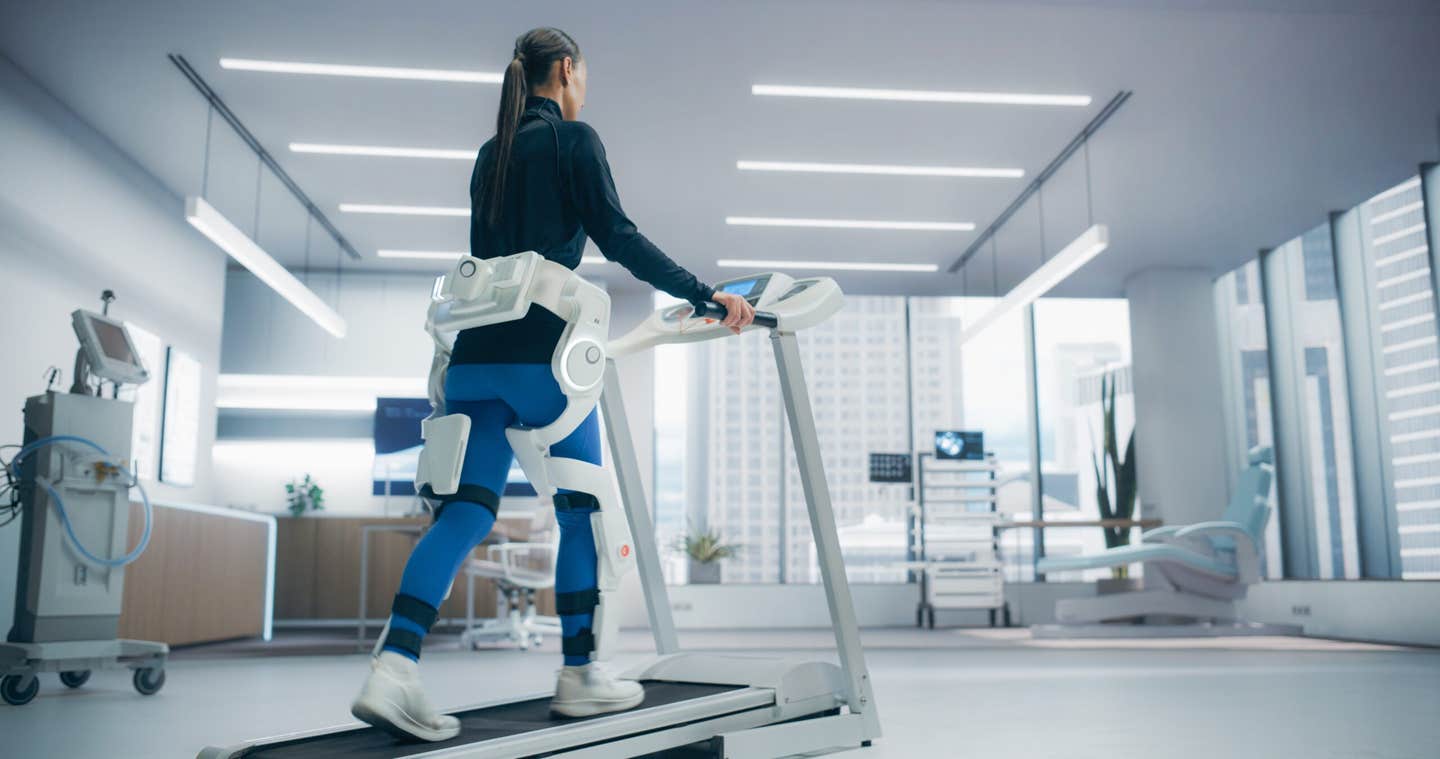Washing machines may be spreading dangerous bacteria, study finds
New research shows that washing healthcare uniforms in home machines may spread antibiotic-resistant bacteria and increase hospital infection risks.

Washing healthcare uniforms at home may help spread drug-resistant bacteria, posing a risk to hospitals and patient safety. (CREDIT: CC BY-SA 4.0)
Washing healthcare uniforms at home might seem safe. But new research shows this common practice could actually be helping dangerous bacteria spread. These bacteria are not only hard to kill but also resistant to antibiotics. That makes them a major threat inside hospitals where sick patients are already vulnerable.
A new study from De Montfort University in the UK found that domestic washing machines often fail to disinfect healthcare clothing properly. The findings, published in the journal PLOS One, suggest that home laundering might be helping antibiotic-resistant bacteria survive and even grow stronger.
A Closer Look at the Machines
Researchers tested six different types of household washing machines using fabric swatches contaminated with Enterococcus faecium, a common antibiotic-resistant bug found in hospitals. The machines were run on both rapid and normal wash cycles at 60°C, the recommended temperature for killing bacteria.
What they found was concerning. Half of the machines did not fully disinfect the clothing during the rapid wash. Even more alarming, one-third also failed to clean effectively during the normal cycle. Only three of the six machines reached the target level of cleanliness, showing a reduction of bacteria by at least 100,000 times (a ≥5 log10 CFU reduction).
The researchers also took samples from inside 12 different machines. DNA testing revealed the presence of harmful bacteria including Pseudomonas, Mycobacterium, and Acinetobacter. These are bacteria often seen in hospital outbreaks. Even more troubling, the machines also carried genes that make bacteria resistant to antibiotics.
One major problem is the buildup of biofilms. These are slimy layers of bacteria that stick to surfaces inside the washing machine. Biofilms protect bacteria from heat, detergents, and even disinfectants. That allows them to survive wash after wash. Over time, bacteria in these biofilms can become more resistant to both cleaning products and antibiotics.
Related Stories
Detergent Resistance Makes Things Worse
The study didn’t just test washing cycles. It also looked at whether bacteria can survive and adapt to domestic laundry detergents. Tests were run on dangerous strains like Staphylococcus aureus, Klebsiella pneumoniae, and Pseudomonas aeruginosa. These bacteria were exposed to different detergent types and concentrations.
After exposure, some of the bacteria showed higher resistance to both detergents and antibiotics. For example, S. aureus and K. pneumoniae developed resistance to powerful antibiotics like carbapenems and β-lactams. Genetic tests showed changes in their DNA, especially in genes that help bacteria pump out harmful substances. These changes made them harder to kill.
One of the researchers, Katie Laird, summed it up: “Our research shows that domestic washing machines often fail to disinfect textiles, allowing antibiotic-resistant bacteria to survive. If we’re serious about transmission of infectious disease via textiles and tackling antimicrobial resistance, we must rethink how we launder what our healthcare workers wear.”
Uniforms as Carriers of Disease
Most infection control in hospitals focuses on surfaces and hand hygiene. But uniforms can also carry bacteria from one patient to another. Studies show that pathogens like E. coli, P. aeruginosa, S. aureus, and E. faecium can live for over 20 days on cotton fabrics. On polyester, E. faecium and S. aureus remained alive even after 7 days.
Several real-world outbreaks have been linked to clothing. In 2002, an outbreak of drug-resistant Acinetobacter baumannii was traced to privacy curtains, mop heads, and hospital beds. In 2012, a deadly Bacillus cereus outbreak in Singapore came from infected linen. That same year, surgical infections were linked to scrubs cleaned in a bacteria-filled home washing machine.
Even newborns have been affected. In one neonatal ward, clothing laundered in an on-site machine led to an outbreak of drug-resistant Klebsiella oxytoca in infants. These cases show that uniforms can act as a silent threat.
In the UK, over 80% of nurses wash their uniforms at home. To reduce risks, health guidelines recommend four main steps: wash at 60°C if possible, avoid mixing uniforms with other clothes, do not overload the machine, and clean the machine regularly. Yet users often can't adjust settings on their machines or confirm if they meet thermal disinfection standards. Detergent strength, fabric type, and water hardness also affect results.
Resistant Bacteria Are Evolving
The research team used shotgun metagenomics, a method that reveals all the DNA in a sample, to analyze the bacteria and resistance genes inside washing machines. The results showed multiple antibiotic resistance genes, including those that code for efflux pumps—structures bacteria use to push out toxic substances. These pumps can make bacteria resistant to many antibiotics at once.
Biofilms in the machines were rich in Alphaproteobacteria and Gammaproteobacteria—bacterial classes often found in hospitals. Some of the resistance genes found, like rsmA, mdsB, and ceoB, can affect how antibiotics work. Others, such as AAC(6')-lb7 and various β-lactamase genes, directly destroy antibiotic molecules.
The danger doesn’t end there. Some biocides used in laundry detergents and disinfectants can actually help bacteria build up general defenses. These defenses include stronger membranes, more efflux pumps, and enzymes that break down chemicals. These changes can then help bacteria survive antibiotics too.
For example, a 2022 study showed that even small, non-lethal doses of cleaning agents can lead to antibiotic resistance. Another study found that P. aeruginosa exposed to benzalkonium chloride developed resistance not only to that chemical but also to cetrimide and ciprofloxacin, two common antibiotics.
Toward a Safer Solution
This growing evidence suggests a serious public health risk. Domestic laundering of healthcare uniforms may not only fail to kill harmful bacteria, it might actually help them evolve and become stronger. That makes it harder to control infections inside hospitals.
What can be done? One option is to update healthcare laundry guidelines to reflect the limits of household machines. Another is to have hospitals clean all uniforms using industrial machines that meet strict standards. These systems can apply higher temperatures, longer cycles, and validated disinfection procedures.
The study highlights the need to take clothing seriously in infection control. Uniforms are not just fabric—they are tools healthcare workers use every day. If they are not cleaned properly, they can become carriers of disease instead of protectors of health.
As antibiotic resistance grows, taking control of every possible infection source becomes more important. That includes the humble washing machine.
Note: The article above provided above by The Brighter Side of News.
Like these kind of feel good stories? Get The Brighter Side of News' newsletter.



